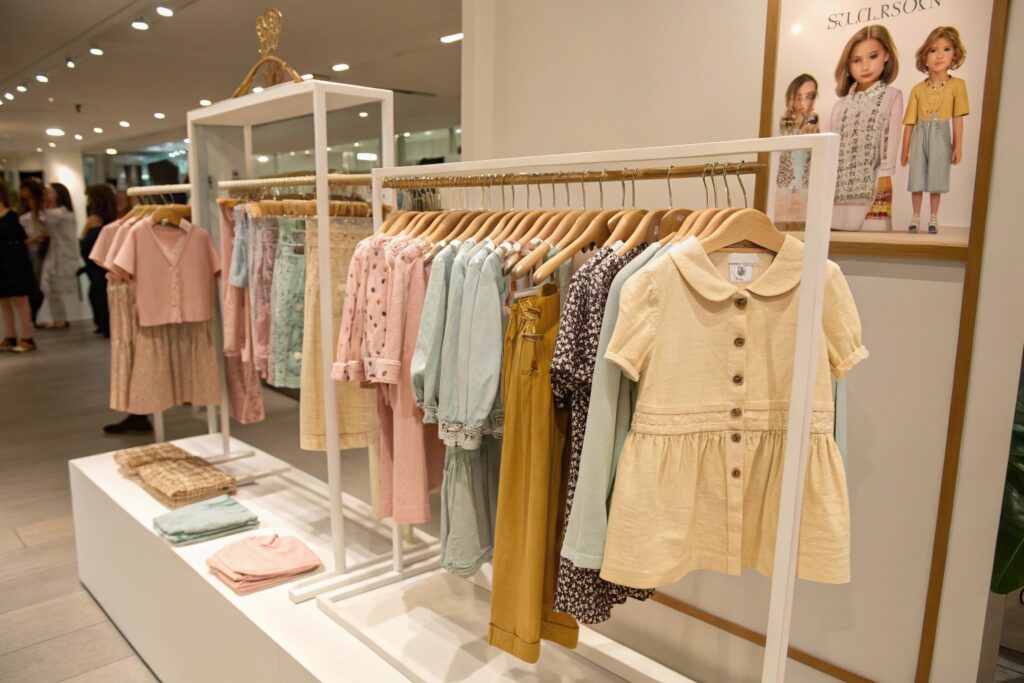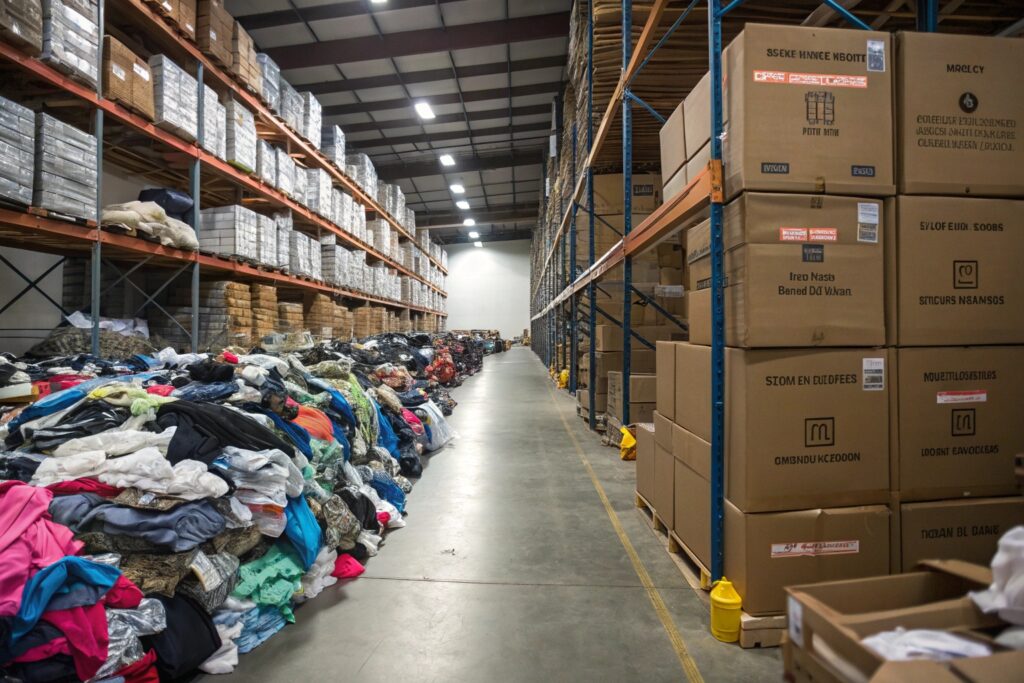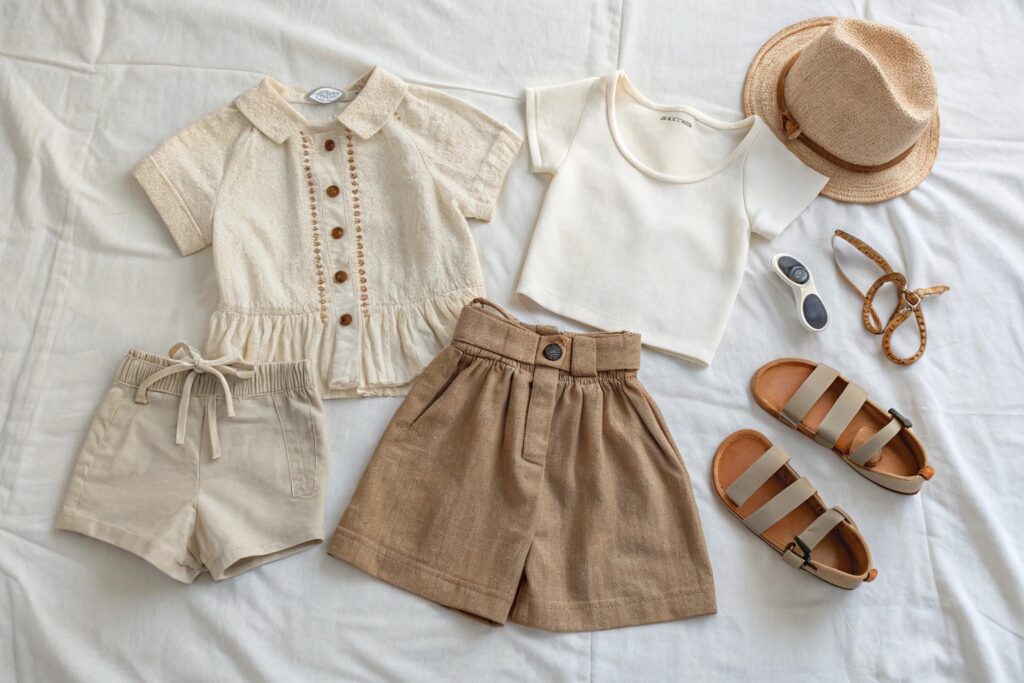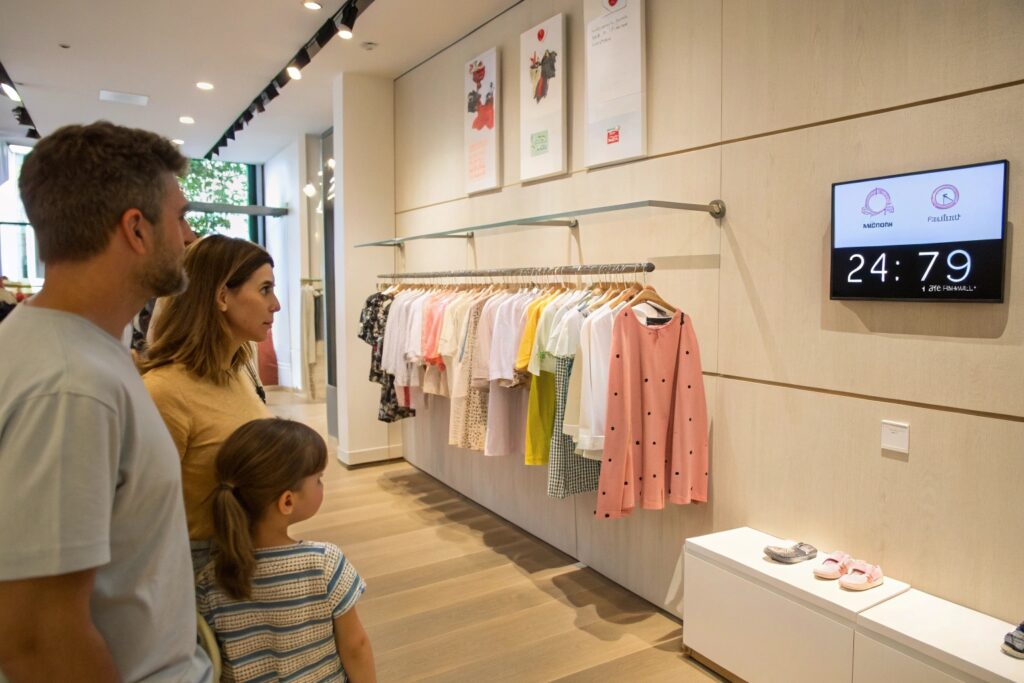Too many SKUs. Overloaded inventory. Styles that don’t sell. These problems plague clothing brands that try to do it all.
Capsule collections give brands a clear identity, reduce excess inventory, and encourage loyal, repeat customers. For capsule-only brands, this focused model creates long-term growth with less waste.
In our own journey with Fumao Clothing, we’ve seen how brands that choose quality over quantity—capsule over chaos—build stronger businesses. Here’s why this model works so well.
How Capsule Collections Boost Brand Identity and Loyalty?
In a noisy market, a clear brand message isn’t optional—it’s your lifeline.
Capsule collections define your aesthetic, create visual coherence, and attract loyal customers who understand and love your brand’s unique point of view.

How do capsule-only brands stand out visually and conceptually when they limit the number of items they release?
Capsule-only brands tell a clear story. Every item is intentional, so customers know what to expect. Think about brands like Everlane or The Row—they’re known for their simplicity and cohesion. When we manufacture for capsule brands at Fumao Clothing, we notice that even their fabric choices, buttons, and hang tags follow a strict identity guideline.
Consistency builds recognition. A capsule brand that drops four well-curated collections per year is easier to remember—and trust—than one that releases 500 random styles every season.
Can limiting product variety actually increase customer loyalty rather than scare buyers away?
Absolutely. Paradoxically, fewer choices often lead to stronger attachment. Customers are less overwhelmed, and they begin to rely on the brand as a filter for their taste. I’ve had clients tell me their buyers eagerly wait for each drop and purchase faster because they know the items are limited.
Capsule collections force clarity. That clarity becomes part of your identity—and loyal customers love it.
Lower Inventory Risk with a Capsule-Only Strategy
Dead stock is profit killer number one in fashion. Overproduce, and you bleed. Underproduce, and you lose the sale.
A capsule-only strategy minimizes inventory risk by focusing on fewer SKUs, tighter forecasts, and clearer demand signals. It’s lean, nimble, and more resilient.

How does focusing on capsule drops help brands avoid common inventory mistakes like overstocking or misjudging demand?
Capsules operate in tight units—think 10 to 20 pieces per collection. Because of their limited nature, forecasting becomes more data-driven. Brands often base reorder logic on customer feedback or waitlist numbers from past drops.
At Fumao Clothing, we help clients build capsules using MOQ data and prior season sell-through. They avoid the guesswork of launching full 100-piece lines. Capsules also allow room to test trends without huge investments.
What makes capsule production easier to manage for sourcing and manufacturing partners?
Simpler assortments mean fewer fabric types, shorter timelines, and less margin for error. Here’s how a typical capsule vs. traditional production looks:
| Factor | Capsule Model | Traditional Model |
|---|---|---|
| SKUs per drop | 10–20 | 80–200 |
| Fabric sources | 1–3 | 10+ |
| Production timeline | 30–40 days | 60–90 days |
| Storage needs | Minimal | Bulky |
| Reorder flexibility | High | Low |
For brands and factories alike, it’s a win-win.
Why Capsules Align with Minimalist and Sustainable Trends
Modern customers want more meaning and less clutter. They’re shopping consciously—and expect brands to follow suit.
Capsules mirror minimalism. Fewer pieces, higher quality, and intentional design speak to sustainability-focused shoppers who value ethics and simplicity.

How do capsule collections naturally fit into the values of eco-conscious and minimalist buyers?
Minimalism isn’t about scarcity. It’s about intention. A capsule wardrobe aligns perfectly with this mindset: buy less, wear more, reduce waste. Most capsule-only brands also adopt responsible sourcing, low-impact packaging, and clean design, which appeal to eco-conscious audiences.
We’ve worked with several European capsule brands whose entire marketing strategy centers around “own fewer, love longer.” And that resonates with today’s buyers more than ever.
Can brands use capsule drops as a way to prove their sustainability claims with real data?
Yes. Capsules provide clean data loops. Because the collections are small and focused, it’s easier to track material usage, carbon impact, and sell-through rates. This helps brands issue honest sustainability reports.
We often help our clients build sustainability charts for their online product pages. Here’s an example layout:
| Product | CO2 Saved | Water Saved | Fabric Recycled | No. of Wears |
|---|---|---|---|---|
| Organic Cotton Tee | 1.2 kg | 350 L | 80% | 50+ |
| Recycled Denim Shorts | 2.4 kg | 520 L | 100% | 40+ |
Capsules make sustainability measurable. And measurement builds trust.
How Capsule Drops Drive Urgency and Repeat Purchases
Too much choice kills action. Limited capsules drive faster decisions—and more frequent buying cycles.
When buyers know a drop is limited, they act fast. Capsules create urgency and set up predictable rhythms that increase customer retention and sales per year.

Why do limited-time capsule drops outperform traditional always-available models in terms of buyer engagement?
Capsule drops play on scarcity, but in a non-pushy way. Customers understand the rhythm—every 6 or 8 weeks, there’s something new, but only for a short time. It keeps engagement high and boredom low.
In our case at Fumao, we’ve seen some capsule-only brands place bulk orders up front and then restock mini-batches only if specific items get a waitlist. This lets them control cash flow and avoid discounting.
How can brands use capsule calendars to build anticipation and turn single buyers into long-term fans?
Consistency is key. Most capsule-only brands use seasonal or bi-monthly calendars. Here’s a sample from a client we support:
| Month | Capsule Theme | Key Message |
|---|---|---|
| January | Winter Neutrals | Reset your wardrobe |
| March | Spring Color Pop | Add energy to basics |
| May | Linen Capsule | Stay cool, dress light |
| July | Travel Light Pack | Outfits that fit in carry-on |
| September | Back-to-School Core | Easy layering for all ages |
Every drop has a message. Every message builds the brand. And customers keep coming back—not just for the clothes, but for the experience.
Conclusion
Capsule-only brands are leaner, clearer, and smarter. They don’t just survive market noise—they rise above it with purpose, predictability, and loyalty baked into every collection.










